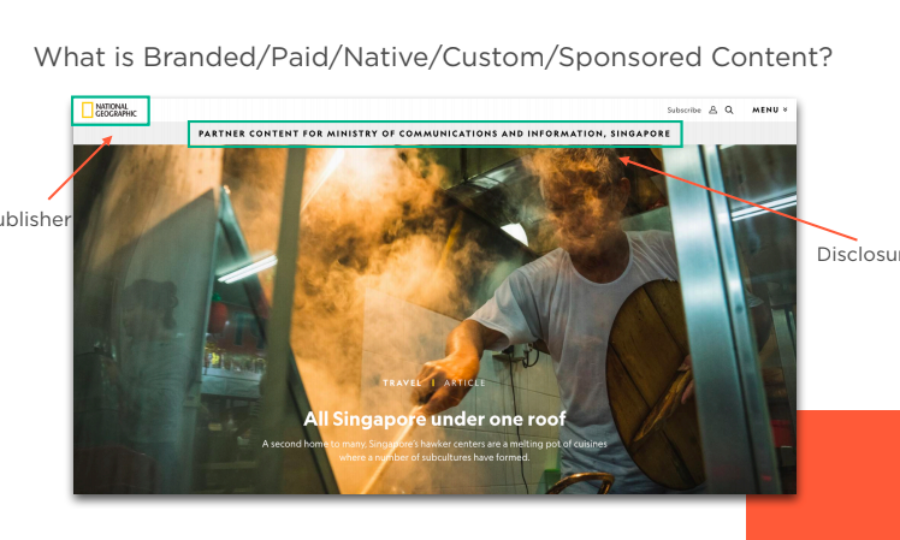Branded content is content created for a brand by a third party, to live on their site.
The key elements of branded content are:
- A third party hosting the content.
- Disclosure.
- Because this content has been made to fit the form and aesthetic of the third party, it also makes it endemic to, or native content to that platform.
Other terms used for branded content are; sponsored content, influencer content, paid content, custom content and even native content. Often this is referred to as a type of native advertising.
Before you go any further, if you are new to branded content, you may find the following articles helpful:
- Best Branded Content & Native Advertising Examples of 2022
- How does branded content work
- Why do brands do branded content.
- How do publishers signify branded content on their sites
- How do you deliver quality branded content at scale?
- Best analytics for branded content
- Branded Content vs Content Marketing
- How Branded Content Drives Business Outcomes
- Branded Content Glossary
- How to spot sponsored content
- Native advertising vs Sponsored Content
- Guide to Content Attribution
- Factors which Drive Content ROI
- Guide to Content Marketing Analytics
An example of what branded content looks like:

Branded Content examples
Some examples of branded content.
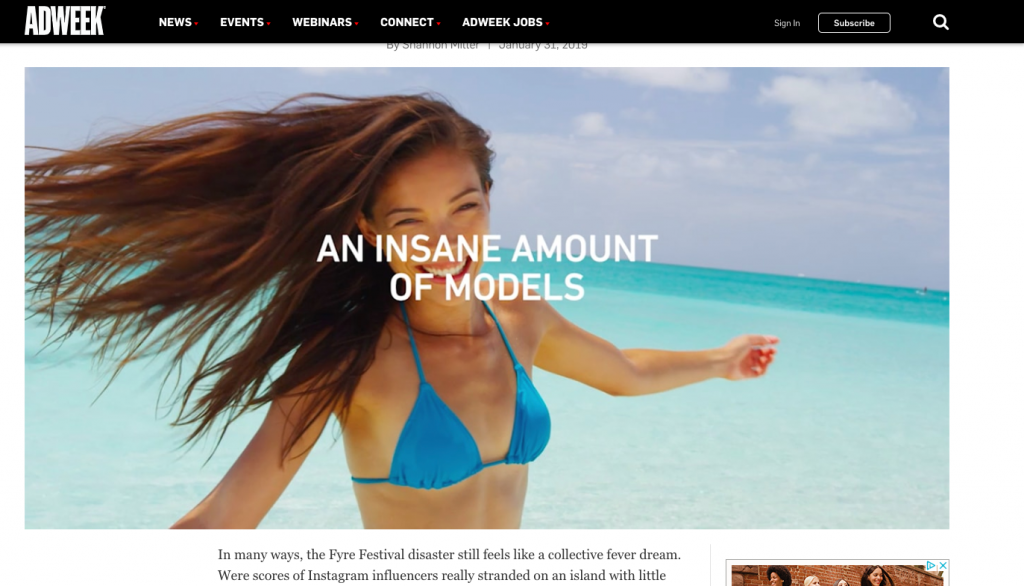
Netflix + The Atlantic: Coerced
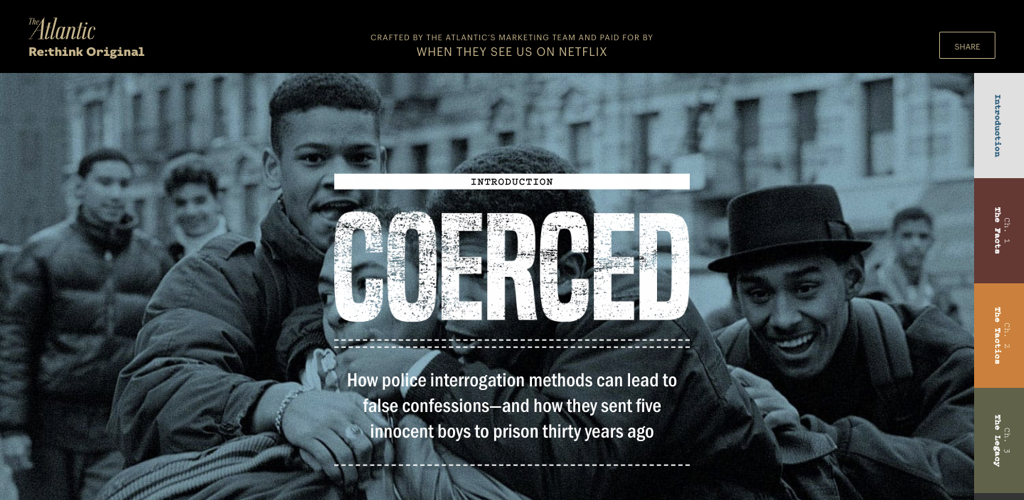
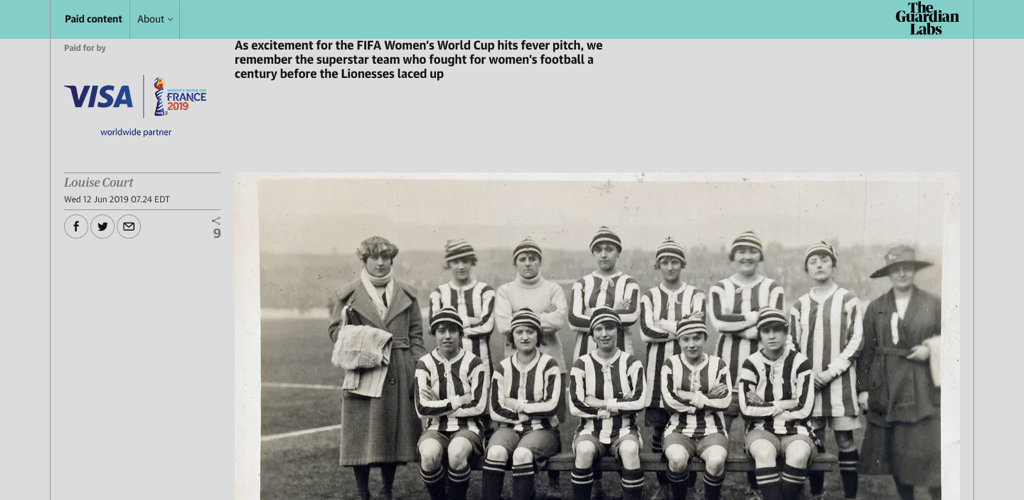
B2B Branded Content Examples
B2B brands invest in branded content too.
Deloitte + Adweek: Consumers Want Automakers to Do Better – Here’s How to Meet Their Expectations

Neustar + AdAge: When Scandinavian Airlines adopted analytics, it got more than tools and technology
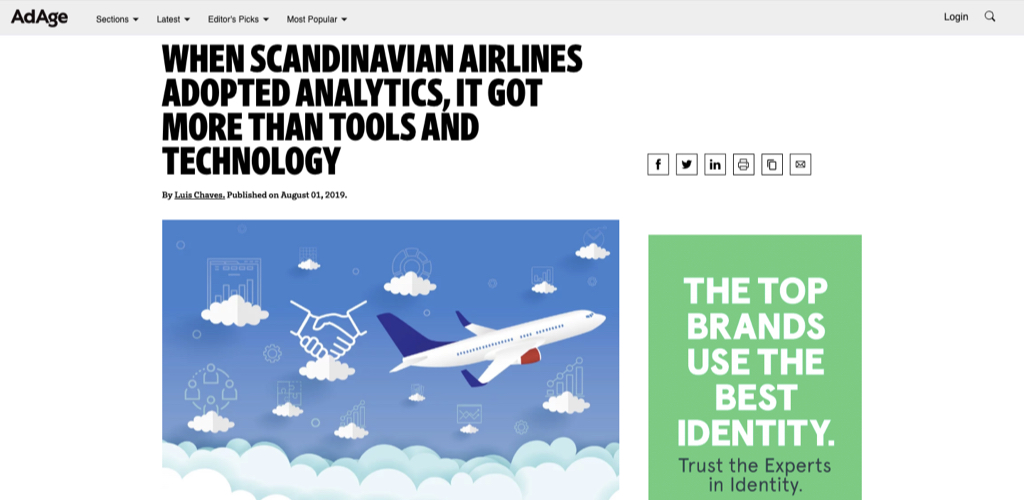
Accenture + WSJ: From Me to We: The Rise of the Purpose-Led Brand
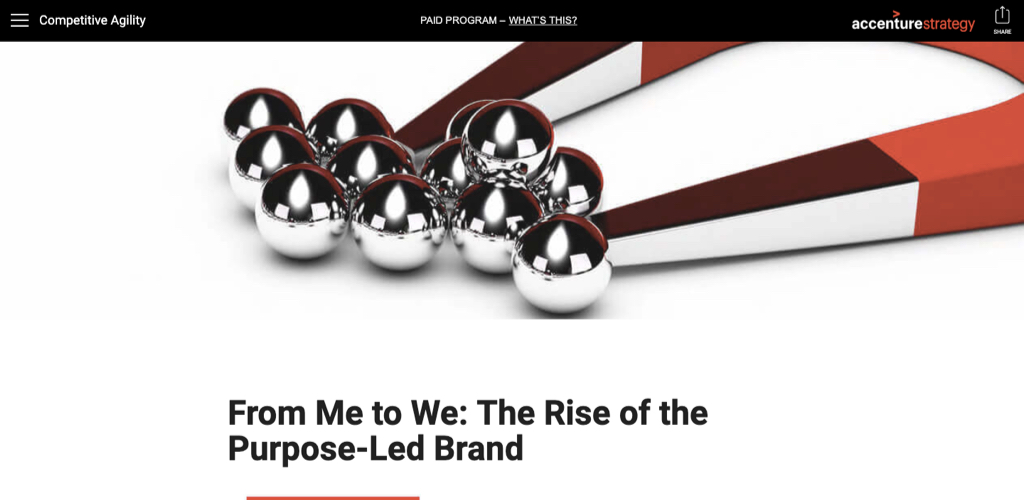
What are the best practices when it comes to branded content?
When using branded content as part of your media mix, here are some of the best practices.
Is Branded Content effective?
A summary of the most recent data & research on the effectiveness of branded content.

|
|---|
